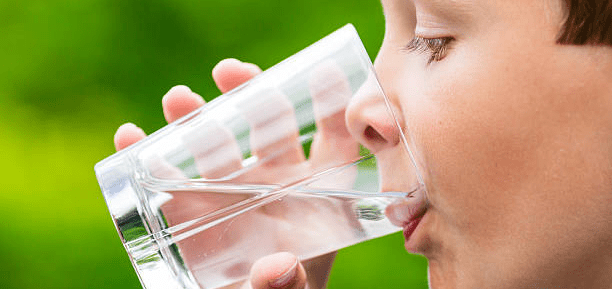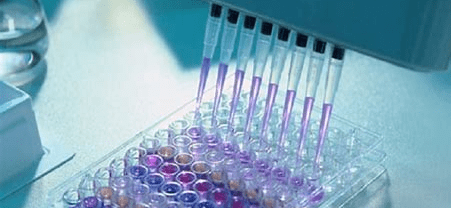Drinking Water, More Friendly Methods to Detect

Access to clean and safe drinking water is a fundamental human right, yet billions of people around the world lack access to this essential resource. Waterborne diseases are a leading cause of illness and death in developing countries, and even in developed countries, outbreaks of waterborne illnesses still occur. To ensure the safety of drinking water, scientists are constantly working to develop new, more environmentally friendly methods to detect and disinfect drinking water.
The traditional method of detecting waterborne pathogens involves collecting water samples and culturing them in a laboratory. This method is time-consuming and requires specialized equipment and trained personnel. In recent years, scientists have been developing new, more rapid and cost-effective methods of detecting waterborne pathogens.
One such method is polymerase chain reaction (PCR), which is a technique that amplifies small amounts of DNA or RNA to detectable levels. PCR can be used to detect a wide range of waterborne pathogens, including bacteria, viruses, and parasites. PCR is faster and more sensitive than traditional culturing methods, and it requires less specialized equipment and personnel. However, PCR requires a DNA or RNA template for detection, which can be difficult to obtain from some water samples.
Another method of detecting waterborne pathogens is an immunoassay, which is a technique that uses antibodies to detect the presence of specific pathogens in water samples. Immunoassays can be used to detect a wide range of waterborne pathogens, including bacteria, viruses, and parasites. Immunoassays are faster and more sensitive than traditional culturing methods, and they require less specialized equipment and personnel. However, immunoassays are only effective if specific antibodies are available for the pathogens being detected.
In addition to detecting waterborne pathogens, scientists are also working on developing new, more environmentally friendly methods of disinfecting drinking water. The traditional method of disinfecting drinking water involves the use of chemicals such as chlorine, which can be harmful to human health and the environment.
One alternative to chemical disinfection is ultraviolet (UV) disinfection, which uses UV light to kill harmful microorganisms in water. UV disinfection is effective against a wide range of microorganisms, including bacteria, viruses, and parasites. UV disinfection does not produce disinfection byproducts, and it does not require the use of chemicals. However, UV disinfection can be expensive to install and maintain, and it requires a constant power supply to operate.
Another alternative to chemical disinfection is ozone disinfection, which uses ozone to kill harmful microorganisms in water. Ozone is a highly reactive form of oxygen that can kill harmful microorganisms in water. Ozone disinfection is effective against a wide range of microorganisms, including bacteria, viruses, and parasites. Ozone disinfection does not produce disinfection byproducts, and it breaks down into oxygen, which is not harmful to the environment. However, ozone disinfection requires a significant amount of energy to produce ozone, and it can be expensive to install and maintain.
Recently, scientists have been exploring the use of nanotechnology for water disinfection. Nanotechnology is the science of manipulating matter at the atomic and molecular scale. Scientists have developed nanoparticles that can kill harmful microorganisms in water. These nanoparticles can be made from a variety of materials, including silver, copper, and titanium dioxide.
The researchers from Beingbio have been working to find a way to make the detection of water quality cheaper and more friendly. To do so, they created enhanced nanotechnology using the idea of electrodes biosensor that were decorated with nanoscale tip structures. When connected to electricity, they build up concentrated charges instantly and this enables the charges to travel to the membrane and kill the bacteria much faster.
The team developed a lab-on-a-chip devices method and put it to the test in the lab. They fabricated two gold electrodes with gold nano wedges. Although this technology has been tested in the lab on a small scale, the R&D team wants to improve their method for real-world applications as this would be a much faster, simpler and cheaper method for water quality detection. This new technology could be integrated into the electric grid or even powered by batteries. This affordable sanitation option may lead to a future in which producing clean water would take much less of a toll on the environment and one where many more people could have access to safe drinking water.

